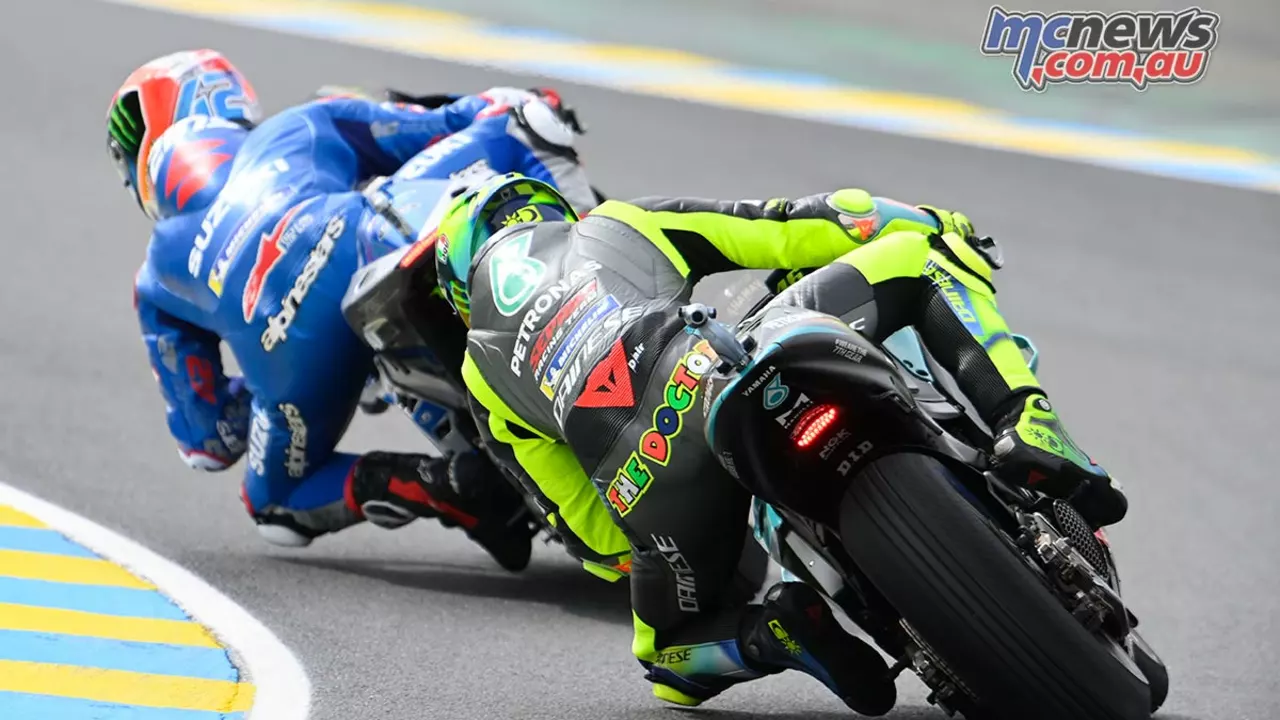Motorcycle Techniques: Boost Your Riding Skills
Whether you’re on a commuter bike or a sport machine, mastering the right techniques makes every ride safer and more enjoyable. In this guide we’ll break down the basics you need to feel in control, then add a few advanced tricks that can shave seconds off a lap or help you avoid a crash. No jargon, just clear steps you can try on your next outing.
Basic Bike Control
The foundation of good riding starts with body position. Sit upright, keep your elbows slightly bent, and place your feet flat on the footpegs. This stance gives you balance and lets you move the bike with small, precise inputs rather than big, jerky motions.
Next, practice smooth throttle control. Twist the grip gently, listen to the engine’s sound, and feel the bike’s response. Sudden bursts can cause wheel spin, especially on wet surfaces. A good rule of thumb is to match the throttle to the gear you’re in – low gears need a lighter touch.
Braking is another area where finesse beats force. Use both front and rear brakes together, pressing the front lever first and then adding the rear. This distributes stopping power and keeps the bike stable. Try “progressive braking”: start light, increase pressure gradually, and release a bit before the bike fully stops to avoid lock‑up.
Finally, get comfortable with the neutral‑to‑turn transition. As you approach a corner, shift your weight slightly to the inside, look where you want to go, and roll on the throttle just before the apex. The bike will want to follow your line, and you’ll keep momentum without skidding.
Advanced Riding Tips
Once the basics feel natural, add a few advanced moves to your toolbox. Counter‑steering is the secret behind quick direction changes. Push the handlebar opposite to the turn – push left to go left, push right to go right – and the bike will lean into the curve instantly.
Trail braking can help you carry more speed through tight corners. Begin braking before the turn, then ease off the front brake as you roll into the corner. This keeps the front tire loaded, giving you better grip while you’re still turning.
Another useful skill is clutch‑heel downshifts. While braking, roll the heel of your foot up to match engine speed, then tap the clutch and shift down. This smooths the transition, reduces rear‑wheel lock, and keeps the bike stable.
If you ride on the track or fast highway sections, practicing “late apex” entries can shave seconds. Aim to hit the corner’s apex later than usual, keeping a higher entry speed and a tighter line. You’ll exit the turn with more throttle and a straighter path.
Don’t forget to maintain your bike. Clean the chain, check tire pressure, and ensure brakes are in good shape. A well‑tuned machine responds predictably, making all the techniques above easier to apply.
Take these tips to the road one at a time. Master basic control, then experiment with counter‑steering or trail braking in a safe area. Over time you’ll notice smoother rides, tighter corners, and more confidence every time you twist the throttle.
Posted By Caspian Beaumont On 26 Jul 2023 Comments (0)
Why do MotoGP riders not turn their handles?
In MotoGP, riders don't simply turn their handles like we do on normal bikes. Instead, they use a technique known as counter-steering. This means they push the handlebar in the opposite direction of the turn, which leans the bike into the turn due to the forces at play. This approach, combined with shifting their body weight, allows them to navigate sharp turns at high speeds. It's fascinating how the physics of MotoGP racing differs from everyday biking!
READ MORE